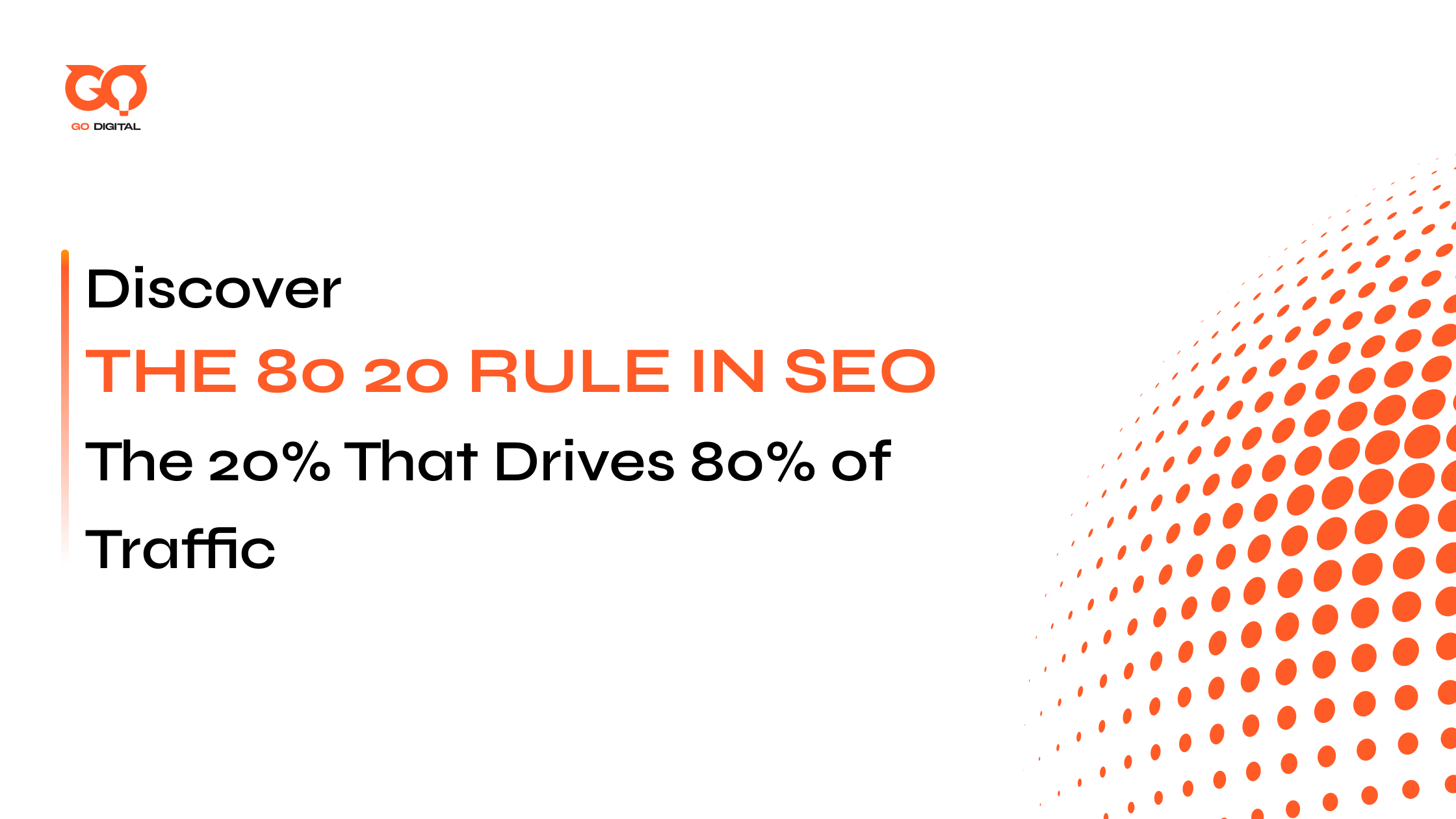Let’s be real—these days, ranking isn’t just about the latest SEO trick. If your blog only feels generic and distant, Google (and your readers) will scroll right past.
I’ve been there: tweaking keywords, fixing technical stuff, wondering why nothing sticks. It only changed when I started sharing my own stories and honest lessons—putting real experience out front.
Want to know how to demonstrate E-E-A-T in blog posts? Show what you’ve learned, own your journey, and let your real voice shine. Suddenly, Google—and actual people—start to trust what you write.
What is E-E-A-T & Why Does It Matter for SEO?
Let’s get to the heart of it—E-E-A-T (Experience, Expertise, Authoritativeness, Trustworthiness) isn’t just a checklist. It’s the line between “read and forgotten” versus “bookmarked, shared, and trusted”—for both Google and real people.

Here’s where it gets real: Look at the case study from Fuel LAB Studio. They ran an online magazine, thought they’d nailed all the SEO basics—good content, keywords, clean site. But then came Google’s Core and E-E-A-T updates in 2023. Overnight, their organic search traffic plummeted by 60%. Google News visits dropped by 75%. Ad revenue nosedived.
What gives? Their info was solid, but Google saw something was missing: the human proof. The site didn’t show enough who was writing, what they’d truly lived, or why readers should believe them. The algorithms shrugged. Readers moved on.
To deepen your understanding of establishing strong authority in your niche, check out this guide on how to build topical authority. It’s a perfect complement to mastering E-E-A-T.
How Google’s Quality Raters Evaluate E-E-A-T: Insights from the Search Quality Rater Guidelines
Google’s Search Quality Rater Guidelines break down E-E-A-T into clear levels, with guidance on what “high” and “low” really mean for your content and reputation.
Chapter 4.5.2: Lowest E-E-A-T
“If the E-E-A-T of a page is low enough, people cannot or should not use the [Main Content] of the page. If a page on YMYL topics is highly inexpert, it should be considered Untrustworthy and rated Lowest. Use the Lowest rating if the website and content creator have an extremely negative reputation, to the extent that many people would consider the webpage or website untrustworthy.”
Key takeaways:
- Pages with “Lowest E-E-A-T”—especially on YMYL topics (Your Money or Your Life: health, finance, safety, etc.)—are effectively unusable and untrustworthy in Google’s eyes.
- A history of extremely negative reputation or lack of expertise on critical topics means your site will be rated the lowest, no matter its other qualities.
Chapter 5.1: Lacking E-E-A-T
Google defines common warning signs for low E-E-A-T and includes explicit examples:
“Low quality pages often lack an appropriate level of E-E-A-T for the topic or purpose of the page. Here are some examples:
-
The content creator lacks adequate experience, e.g. a restaurant review written by someone who has never eaten at the restaurant.
-
The content creator lacks adequate expertise, e.g. an article about how to skydive written by someone with no expertise in the subject.
-
The website or content creator is not an authoritative or trustworthy source for the topic of the page, e.g. tax form downloads provided on a cooking website.
-
The page or website is not trustworthy for its purpose, e.g. a shopping page with minimal customer service information.”
Notably:
“A positive reputation cannot overcome the lack of E-E-A-T for the topic or purpose of the page.”
Real-world meaning:
If you lack direct experience, proven expertise, or serve up content unrelated to your authority, your trustworthiness and search value plummet—regardless of your brand’s past reputation.
Chapter 7.3: High Level of E-E-A-T
When explaining what makes content “High E-E-A-T,” Google highlights that firsthand experience and trust are central:
“Pages with High E-E-A-T are trustworthy or very trustworthy. Experience is valuable for almost any topic. Social media posts and forum discussions are often High quality when they involve people sharing their experience. From writing symphonies to reviewing home appliances, first-hand experience can make a social media post or discussion page High quality.”
Implication for bloggers:
Whenever your content showcases real experience (your own or your contributors’) and backs up claims with practical know-how, you’re likely hitting “high E-E-A-T.”
Chapter 8.3: Very High Level of E-E-A-T
At the pinnacle, Google describes “Very High E-E-A-T” as the standard of “uniquely authoritative” sources:
“Very high E-E-A-T is a distinguishing factor for Highest quality pages. A website or content creator who is the uniquely authoritative, go-to source for a topic has very high E-E-A-T.
A content creator with a wealth of experience may be considered to have very high E-E-A-T for topics where experience is the primary factor in trust.
A very high level of expertise can justify a very high E-E-A-T assessment. Very high E-E-A-T websites and content creators are the most trusted sources on the internet for a particular topic.”
Big-picture advice:
Your ultimate goal as a site owner or writer? Become the resource that real people and Google both see as the #1 source—through deep experience, clear expertise, and consistent authority.
Experience: Demonstrating First-Hand Knowledge

I used to play it safe—just researched, wrote, double-checked. My posts? Like everyone else’s. The game changed the first time I shared when I messed up, screen-grabbed the fiasco, and hit publish anyway.
Suddenly, readers connected. Some reached out with their own stories. My bounce rate dropped, and the blog finally felt alive.
Now, if I test something new, I show photos—even if they’re messy. Failed? I’ll talk about it. Tried, learned, stumbled? That goes in too.
It’s these honest, “I was there” moments AI can’t fake—and that’s exactly what builds real trust.Don’t clean up your story for the internet. Leave in the messy bits. That’s what your readers (and Google’s algorithm) are searching for.
Expertise: What Does It Really Mean?

Expertise isn’t about sounding fancy or collecting letters behind your name. It shows you really know your stuff because you’ve lived it or solved real problems.
It comes in many forms: courses, certifications, tough projects, or late-night fixes. It says, “I’ve been here, I know what works.”
I used to recycle tips from others until I started showing proof—like screenshots of certificates or links to webinars. That’s when people noticed, and trust actually grew.
It’s not about bragging; it’s about diving deep where it counts. I admit what I don’t know and share what I’ve learned from new trends or research.
Anyone can share tips, but showing your real achievements is what makes your expertise stand out. Don’t just sound like an expert—show it. That’s what Google and readers remember.
Authoritativeness: Building Real Credibility
Expertise can get a blog noticed, but authoritativeness is what makes people—and Google—stick around. It’s not just about what you know. It’s about who recognizes it.
Think of authoritativeness as those subtle (and not-so-subtle) signals that say, “Others in the industry trust this, too.” That could be a backlink from a big-name site, a quote in an industry roundup, or a mention in a podcast or article.
Even a single guest post on a well-known platform can shift perception. Citations from industry experts, sharing feedback from recognized names, or displaying badges and memberships—they all reinforce that this isn’t just another opinion floating on the internet.
Linking out to collaborations, featuring “As Seen In” logos, or highlighting any talks or published work turns casual visitors into actual readers. Being transparent about these accomplishments builds layers of trust, quietly but steadily.
It’s not about shouting credentials. Just show, with subtle proof, that this voice is listened to outside the blog—and suddenly, both readers and Google are a lot more likely to listen, too.
Trust is the glue. It’s what makes someone keep reading, comment, or finally hit “share.”
Trustworthiness: Creating a Safe & Reliable Experience
Building trust online goes way beyond saying “trust me.” It’s about making sure every claim has a clear source behind it—so readers never have to guess where your facts came from. Adding links for key stats, referencing industry experts, and quoting people you really believe in gives your content backbone.
Trust grows even more when it’s ridiculously easy for visitors to see how you treat their info. Having a visible privacy policy, simple contact form, or a section explaining your data practices might sound boring, but it tells people you’ve got nothing to hide.
Showcasing honest feedback matters too. Real reviews, screenshots of actual DMs, or user comments sprinkled through posts prove you’re not faking testimonials or hiding criticism. Put sponsored content on the table—clearly label ads and collaborations, so everything’s above board.
At the end of the day, people want to feel safe spending time (and maybe money) on your blog. The more transparent and straightforward you get, the more likely they’ll trust not just this post, but every word that comes next.
The little trust signals add up fast—don’t skip them. They’re what turn visitors into loyal fans.
Four Additional Ways to Boost E-E-A-T Signals
Ready to take E-E-A-T beyond the basics? Here are four moves that made a noticeable difference for my blog’s trust—and honestly, for my confidence as a writer, too.
Case studies and customer success stories:
There’s something powerful about showing real results. When I baked in short case studies—think a screenshot of rising traffic, a before/after revenue chart, or even a client’s thank-you email—readers suddenly started asking, “How’d you actually do that?” People love seeing proof that these strategies work in the wild, not just in theory.
Real user content (UGC)
Nothing builds trust like having others vouch for you. I started collecting honest product reviews, reader testimonials, and even quirky comments. Dropping those into relevant posts (with permission) makes everything feel more interactive and alive. Even the “tough” feedback helps—showing that you don’t hide criticism adds a whole new layer of credibility.
On-page trust features
A while ago, I added an author box and made my name clickable to a full “about” page. It felt small, but suddenly bounce rates dropped, and returning visitors went up. Bonus tip: I keep a mini “last updated” note, and a simple edit log by each big article—so people always see the content is fresh and cared for.
User-friendly, accessible experience
This one took me ages to appreciate. The fewer pop-ups, busy banners, and tiny print I had, the longer people stayed. I ran a quick check for accessibility (font size, alt text, mobile navigation), and got a couple of surprised “Your site is so easy to read!” emails. That’s when I realized: trust can be won (or lost) before a single word is even read.
Stack these on top of your E-E-A-T core, and it gets a lot harder for both Google and readers to ignore your blog. Each authentic touchpoint is another reason for someone to believe you’re the real deal—and that’s what keeps them coming back.
Following ethical SEO practices is key to demonstrating expertise and trustworthiness. If you want to learn about the different SEO approaches and stay on the right side of Google, this article on white hat, black hat, and grey hat SEO is a great resource.
Here’s a simple, skimmable checklist table you can use to keep E-E-A-T front and center in every blog post:
| Checklist Item | Why It Matters |
| Real story or photo from your own experience | Shows authenticity and a unique perspective—readers can trust this isn’t generic content. |
| Clear author info and credentials | Builds trust by showing there’s a real person with actual expertise behind the words. |
| Citations to trusted sources | Backs up your claims, proving you don’t just “say so”—and reassures both Google and real people. |
| FAQ or biggest questions section | Directly addresses your reader’s doubts, boosting engagement and helpfulness. |
| Up-to-date facts/data | Keeps your post relevant, showing you care about accuracy (and keeps Google happy, too). |
| User reviews, real feedback, or screenshots | Adds real social proof—people can see others have tried, trusted, or responded to your content. |
| Visible trust signals (privacy, contact, badges) | Tells readers you’re open, transparent, and value their safety—no sketchy surprises. |
Getting E-E-A-T right is about being real. Share what you’ve lived, show your proof, and readers (plus Google) will start to trust you for it.
But you don’t have to handle it all solo. If you want support dialing up your SEO and building that trust for your blog, our Golden Owl Digital team is here. We focus on the details, so you can focus on your story.
Ready for your blog to stand out and actually get noticed? Let’s make it happen—check out our SEO services

Jaden is an SEO Specialist at Golden Owl Digital. He helps brands rank higher with technical SEO and content that resonates






